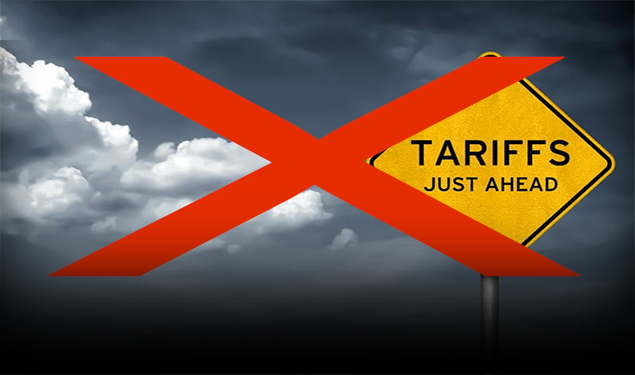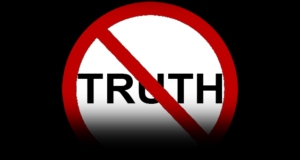A Reversal of Fortune is at Hand

Recession hasn’t set in yet, but the Fed is doing everything possible to encourage it, by continuing to tighten in the face of the global economy’s last ditch effort at expansion. While on the domestic front, rising interest rates are decreasing central bank liquidity, making money tighter and more expensive. The condition is exacerbated, particularly by the large number of public companies that have already borrowed cheap Fed money, then turned around and purchased company stock through buyback programs that provide a short term lift to stock prices, but essentially leave the company emaciated and incapable of growth, even under the best of circumstances.
Meanwhile, global economies continue to react negatively to the newest flurry of U.S. tariffs. Last month, the National Taxpayers Union delivered an open letter to President Donald Trump and Congress that was signed by a politically diversified group of more than eleven hundred economists, urging the President to reconsider his American Tariff Policy. A similar letter was delivered to President Hoover in 1930 by economists opposing the Smoot-Hawley tariff, suggesting that there’s more than one way to skin a cat and this method, being implemented by the President, has a history of failure.
The tariff on steel is a good example, as to why applying an additional charge to an exported product is a bad idea. The steel company gets more money for their product, so you won’t hear any complaints there. Free trade however, implies free pricing, which must take competition into consideration. Competition is the best barometer for pricing measurement. Applying a post-production charge doesn’t bypass the step, it simply adds a charge after the fact, but the end price is still the measurement to be considered. Secondly, by raising steel prices, the product becomes less competitive, thereby increasing the costs of important inputs into construction, automobile manufacturing, and other industries. The result is buildings that aren’t built, cars that aren’t manufactured, and jobs that don’t exist. The difference will make itself known in the bottom line.
Finally, the process interferes with markets and causes a misdirection of resources. The inflated price causes people to waste time searching for a less expensive solution. In actuality, without the additional expense, people would be spending their time trying to be more efficient with steel and would likely discover new cost-reducing or output-increasing ways to use steel. It’s similar to investors who will risk losing thirty or fifty percent, because they’re hell bent on squeezing another ten percent of profit out of a market that’s dead in the water. Physical precious metals, on the other hand, are at fractions of previous highs and are well-poised for serious, sizeable, and potentially rapid gains. Tariffs are a bad idea and the stock market’s reaction is once again proving it. Stock up on precious metals at today’s lower prices, but no matter what, don’t get caught without a chair when the music stops!



